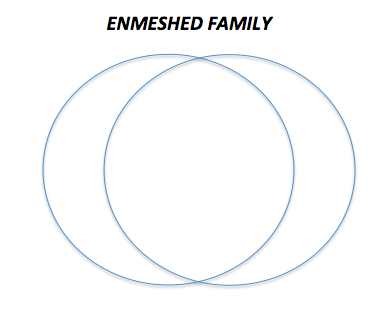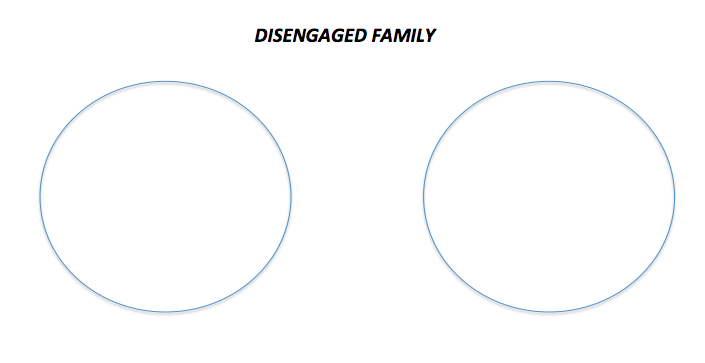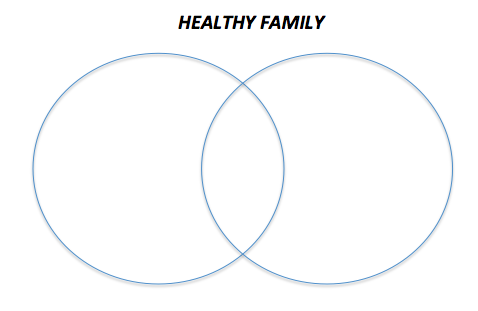THIS IS A REPEAT OF THE ORIGINAL BLOG POST AS IT IS A REPEAT LESSON GIVEN ON 1/31/17
The following is a synopsis of a weekly Dialectical Behavior Therapy (DBT) group lesson, based on the work of Marsha Linehan out of the University of Washington.
New Disclaimer: I LOVE doing this, I think it is desperately needed, and I WANT to do it. However, I have zero time to do it so, while I am committed to giving it my all, I may fall behind or skip a week or two. I apologize in advance for that, and for the fact that I will not be spell checking, fixing formatting, or doing a read through before I post. No offense, but I gotta draw the line somewhere!
I am proud to announce that I did not miss last week’s blog, I chose not to write one because both groups just did some exercises that expanded upon the material from the week before, so there was no new significant content to blog about. Similarly, this week’s lesson is not actually DBT content, but a lesson I added to the Interpersonal Skills module because I felt it was desperately needed. This week’s blog is about our family dynamics, and the way these patterns effect us now, and in the future. Coming out of the family therapy literature, there are 3 basic family structures: Enmeshed, Disengaged, and Healthy. Like everything in DBT, and in life, balance is always best. The healthy family dynamic is balanced, while the enmeshed is too much of everything and the disengaged dynamic is lacking in most things. Neither is balanced, and both result in more negative than positive outcomes. This week in group we examined the Enmeshed dynamic first:

Enmeshed families have very few boundaries within them, resulting in individuals feeling smothered, overwhelmed, and lacking in identity. The enmeshed family is TOO close, without any room for independence or individuality. Some examples of enmeshed behaviors are:
- Reading each other’s personal, private writings or listening to each other’s personal conversations.
- opening doors without knocking
- Taking things without asking
- Parents switching roles and acting like kids, leaving kids to feel pressured or forced into taking on more adult roles
- Sharing too much personal information with each other
Enmeshed families foster dependency and over-reliance on each other, which is often rewarded. While enmeshed families can show a lot of support and closeness, it is more of a dependent closeness then a healthy closeness. In addition, while they can show expression of emotions, it is not a safe and predictable expression of emotions as is in healthy families, but rather an inappropriate and dysregulated emotional expression that is often tied to confusing roles (ex. children seeing their parents cry about everyday stressors on a regular basis), or overwhelming crises (ex. parents screaming at each other in front of their children about how they want a divorce). While enmeshed parents can often defend their children or each other in unhealthy ways (like denying they are addicted and enabling them to continue self-destructing), individuality and uniqueness among family members is seen as a threat and is therefore discouraged (ex. children are expected to have the same interests, hobbies, goals, problems, etc. as others in the family). Praise in these families is so common and unsolicited that it becomes meaningless.
Enmeshed families are at an unhealthy extreme that is the polar opposite of disengaged families, who are at the other extreme:

As we can see from the diagram to the left, disengaged families are too far apart, suggesting that there is too large of a boundary that exists between them. While enmeshed families are so close that they become dependent and overwhelmed, individuals from disengaged families are too independent and isolated. This independence comes from a lack of support, emotional expression, and interaction, and although it may for some result in increased daily functioning and even massive professional success, it will surely lead to a decrease in close, intimate relationships and trust in others. If children cannot rely on their parents and families to support and encourage them, they will learn to shut out the world, and develop an “every man for himself” mentality. The theme of the disengaged family is that although they are a family unit, each member operates in a silo; alone and left to navigate through life without much guidance or support. Individuality and uniqueness, like most things, is ignored, and there is very little or no praise or encouragement in disengaged families. These families also may be very rigid and perfectionistic, even lacking humor or fun, which may be related to the children’s focus on achievements, in an attempt to gain attention and approval from their parents.

The final type of family is the healthy family, which I have seen very few of in my personal or my professional life. Healthy families are balanced in the amount of love, support, praise, and privacy that they give each other, sending consistent and clear messages about these things and providing healthy role modeling to reduce hypocrisy. The healthy family celebrates and encourages individuality and, although they are supportive and reliable, they encourage independence and problem solving. Healthy families have just the right amount of closeness to make a child feel safe in the world, and able to navigate emotions, problems, and relationships as they get older.
while most of us can identify our family as one of these primary categories, it may be that a person identifies their mother as enmeshed and their father as disengaged; especially in cases of blended families. It is important to remember with all of these types of families that there is no perfect family, and it is very unlikely that a parent’s intention is to screw their children up as much as possible. Family patterns repeat themselves, and the main point of this lesson is to gain awareness into what patterns you have fallen into in childhood and adulthood, and to make a commitment to break unhealthy family patterns so that you don’t repeat them. Often when people seek to break a family pattern, they will go to the opposite extreme, for instance instead of creating a disengaged family they will become enmeshed. This too is hard to avoid, unless one is working hard in therapy and other self growth processes to see and change these patterns of relating. It is also likely that we will be attracted to people that either have the same, or the opposite family dynamics that we have experienced. This too is to be avoided, unless the pattern we are seeking out is healthy.